-J. Michael Bestul is a writer for the Addison Recorder. Stephanie Ruehl is an artist who works in a comic book shop. They’re married and have a lot of discussions about comic books and graphic novels. Combine all that into a biweekly feature and you get “J. & Steph Talk About Comics.”
A picture can tell a story in ways that words can’t, which is why the comic book medium can be so inspiring. We decided to spotlight a few of the many artists working today, but this is only a small sample of the talent in the medium. We could go on for days discussing them, but we’ve limited ourselves to a few of our favorite artists who bring these stories to life.
Jenny Frison
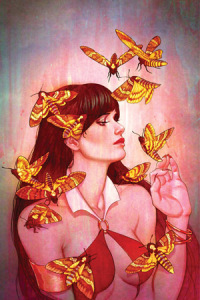
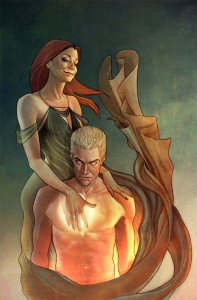 A fellow
A fellow 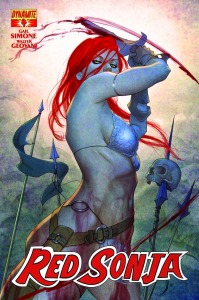 Chicagoan and cover artist on books including Revival, Red Sonja, Angel, and Vampirella. Website
Chicagoan and cover artist on books including Revival, Red Sonja, Angel, and Vampirella. Website
Steph: Jenny’s talent is unparalleled. Her work is fluid and soft, she has an eye for the human form and a mastery over color. From the moment I laid eyes on her work I fell in love. During C2E2 her booth is the first I go for in Artist Alley.
-J.: Her covers stand out. You spot them from across the room, and you cannot help but make furtive glances, knowing that you weren’t going to pick up another book this week, but LOOK AT THAT COVER. Frison’s work on Revival covers, particularly draws me in, as she’s creating stark images of a region I’m very familiar with.
Phil Noto
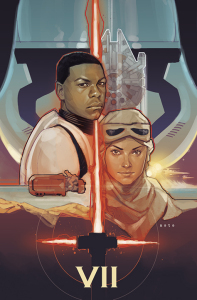
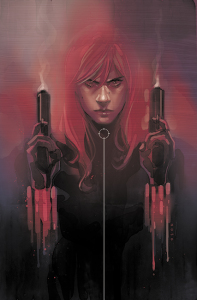
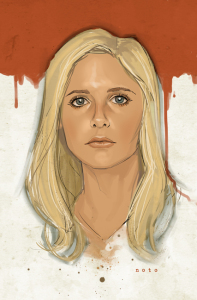 Phil Noto used to work for Walt Disney Animation working on films such as Lion King, Pocahontas, Mulan, and Lilo and Stitch. He’s done covers for publishers like Marvel, DC, IDW, Dark Horse. Currently he is the artist for Black Widow. tumblr
Phil Noto used to work for Walt Disney Animation working on films such as Lion King, Pocahontas, Mulan, and Lilo and Stitch. He’s done covers for publishers like Marvel, DC, IDW, Dark Horse. Currently he is the artist for Black Widow. tumblr
Steph: I have purchased comics based solely on Phil Noto being the cover artist.
-J.: Like Butterfly #1, which I only knew as “the Archaia spy book with the really awesome Phil Noto cover.” Noto’s art is like a siren song that draws you to pick up whatever book is sporting it. Y’know, maybe give it a flip-through, read a couple pages, see if it grabs you. Next thing you know, it’s your new favorite mini-series. That guy’s good.
Steph: His style is unique and instantly recognizable. His command of line work is fantastic, its somehow sketch-like and yet clean and simple at the same time, and he’s excellent at capturing likenesses.
Chandra Free
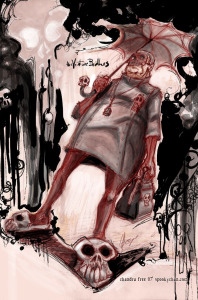
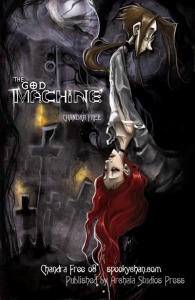 Creator of The God Machine and unrivaled artist for all things Venture-related and Venture-rific. Website
Creator of The God Machine and unrivaled artist for all things Venture-related and Venture-rific. Website
–J.: I discovered Free’s artwork because of fellow Recorder scribe, Andrew Rostan. He told me that I needed to visit her table at C2E2’s Artist Alley, because her Venture Bros. art was second-to-none. He did not lie.
Steph: Free’s work is energy, in comic form. It’s clear where her hands (and stylus) have been, how hard she presses on the paper (or tablet), and how much fun she must be having while doing it.
-J.: The art in her graphic novel, The God Machine, is frenetic energy in a sumptuous package. She utilizes a stylized and richly-hued elongated style, punctuated with hijnks in a more anime-like style, and moments of crisis that look like they were clawed onto a canvas or scored onto a scratchboard. Free uses abstraction & ornamentation to create frames and background, she breaks the fourth wall, and underscores the psychological beats with her stylistic choices.
Gabriel Rodriguez
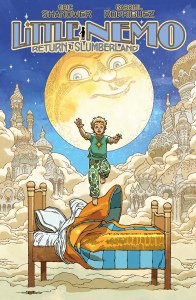
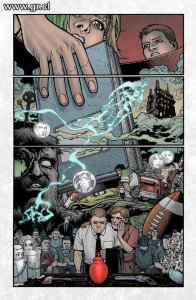 Artist for the series Locke & Key (with Joe Hill) as well as titles like Nemo: Return to Slumberland, Wraith, and Superman.
Artist for the series Locke & Key (with Joe Hill) as well as titles like Nemo: Return to Slumberland, Wraith, and Superman.
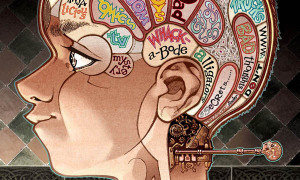 Steph: One of the things I love so much about Gabriel Rodriguez’s art is the consistency. If you’ve ever tried to draw sequential art you know how difficult it is to make a character look recognizably the same in every panel, especially if they’re making a funny face, or in action, or even just sitting there. Gabriel Rodriguez has a sleek, clean style that draws you in. He’s also a master at filling a panel. Backgrounds are not the easiest things sometimes, and the level of detail he can create while still maintaining a focal point is just a joy to look at.
Steph: One of the things I love so much about Gabriel Rodriguez’s art is the consistency. If you’ve ever tried to draw sequential art you know how difficult it is to make a character look recognizably the same in every panel, especially if they’re making a funny face, or in action, or even just sitting there. Gabriel Rodriguez has a sleek, clean style that draws you in. He’s also a master at filling a panel. Backgrounds are not the easiest things sometimes, and the level of detail he can create while still maintaining a focal point is just a joy to look at.
-J.: I really don’t know what more I can add. Rodriguez’s work on Locke & Key is ridiculous because it can portray highly-detailed scenes with utter clarity, or simpler scenes with depth in the details.
Jill Thompson
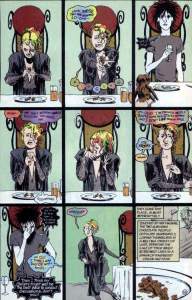 I
I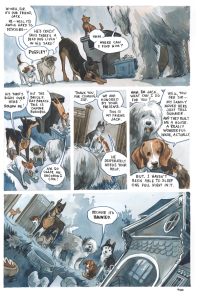 nfluential Chicago-based artist with a half-dozen Eisner Awards to her name. Her credits include art for Sandman, Beasts of Burden, and creator of Scary Godmother. Website
nfluential Chicago-based artist with a half-dozen Eisner Awards to her name. Her credits include art for Sandman, Beasts of Burden, and creator of Scary Godmother. Website
-J.: For me, the definitive version(s) of Delirium were drawn by Jill Thompson. This is a contradictory statement, since this particular Sandman character has no definitive version of herself. But whenever I imagine Delirium, she’s obviously drawn by Jill Thompson. There are many reasons that Sandman: Brief Lives is one of my favorite graphic novels, and Thompson’s art is high on that list. The character-defining relationship between Delirium and Barnabus the dog doesn’t work without Thompson’s pencils. The weight — personally and supernaturally — of Dream’s actions doesn’t come across as starkly without that last page before the epilogue.
Steph: Thompson’s work is fluid and colorful, and it’s just fun to look at.
-J.: I also posit that there are few comic artists who can humanize animals like Thompson. The first Beasts of Burden story, “Stray,” is such an amazing piece of sequential art.
Mike Mignola
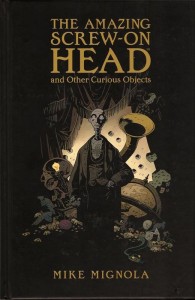
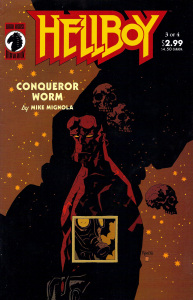 Eisner Award-winning creator of Hellboy and The Amazing Screw-On Head. Website
Eisner Award-winning creator of Hellboy and The Amazing Screw-On Head. Website
-J.: The two books that got me into comics were Sandman and Hellboy, so I have to add Mike Mignola to this list. There is something beautifully primeval about Mignola’s art for his own series: very dark, heavily weighted, and reminiscent of an earlier epoch. It probably helps that he’s rendering demons, monsters, and architecture from years gone by. I wouldn’t characterize his style as anti-curvilinear, but it does seems rather distrustful of graceful, swooping lines. It’s far more at home with shapes whose edges aren’t so perfectly-rounded.
Steph: Mignola’s work is what made me realize that illustration didn’t have to be one thing. It could be a unique, stylized interpretation and still come across as a beautiful, well thought out narrative.
Stjepan Sejic
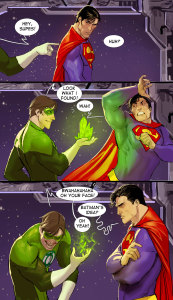
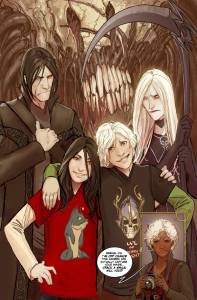 Creator of Death Vigil, cover artist of the Jim Butcher’s Dresden Files, Witchblade, and soon-to-be artist of Rat Queens. DeviantArt
Creator of Death Vigil, cover artist of the Jim Butcher’s Dresden Files, Witchblade, and soon-to-be artist of Rat Queens. DeviantArt
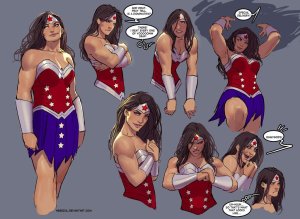 Steph: I discovered Šejić on DeviantArt a few years ago. I found a sketch page of his, where he was just warming up, but I sat there and stared for a long while. His drawings and characters have a life to them, an illustrative quality, but also a realism. He has a way with facial expressions I had never really seen before.
Steph: I discovered Šejić on DeviantArt a few years ago. I found a sketch page of his, where he was just warming up, but I sat there and stared for a long while. His drawings and characters have a life to them, an illustrative quality, but also a realism. He has a way with facial expressions I had never really seen before.
-J.: I, on the other hand, discovered him because he was doing work for Rat Queens. And now he’s the primary artist. Hooray for naked Orc Dave and Violet!
Steph: He’s also really good at clothing. I know that seems strange, but you’d be surprised how much that can make or break an image. Most women (and men) in comics look like they’re vacu-sealed into their costumes, but Šejić understands the shapes and lines clothing is supposed to make over the curves of the body. He’s just plain good.
To Find More Art…
For more illustrative art — from these artists and many others — everyone should hop on Deviantart, Tumblr, Behance, Pinterest, or Google, and check out everything this world of sequential art has to offer.




I don’t know the work of everyone you mentioned, but I can tell you I am a huge fan of both Stjepan Sejic and Mike Mignola! Great article guys.